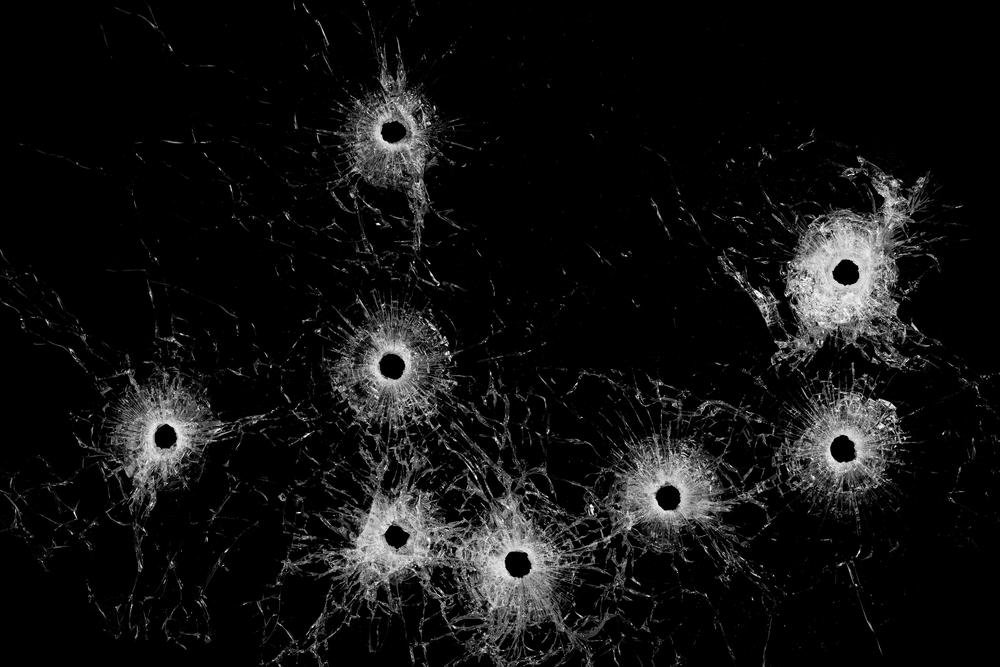This is the remarkable story of a 400 year old Torah scroll parchment, that for over 60 years served as the cover for a Nazi officer certificate, until it thank G-d reached Jewish hands, and came to rest in Israel, into the capable hands of Rabbi David Grossman of Migdal Haemek. How did it reach Israel? Read the fascinating story.
In 2008, the head of the Lower Galilee Council, Moti Dotan, a second generation to Holocaust survivors, travelled to a ceremony marking 25 years of a twin city relationship with the Hanover district in Germany. The event followed all the European protocol. The guests visited an ancient castle, and while taking cocktails and chatting with each other, Dotan received a thick envelope with a business card of an MP in the German government, who was a second generation to a Nazi officer.
Dothan with the parchment. Attaining closure
“Our council twinned with the Hanover district in Germany,” Dothan said. “This is the oldest alliance in the country between a local authority in Israel to a city in Germany. In 2008, I was invited to a ceremony celebrating our 25-year arrangement. I headed the delegation and when we got there, they celebrated a very impressive ceremony in an ancient castle, in the presence of some 300 invited participants, including MPs from Germany and other dignitaries.
“Like everyone else, I also talked to the guests, I chatted with them until the ceremony began. Suddenly a guy came up to me and gave me an envelope with a calling card. Since I was busy with people who came to shake my hand, I wasn’t in a rush to open it, and instead put it in my pocket. I felt it was something hard, and I admit I was intrigued, although I thought it was a donation. At some point I moved to the side, and opened the envelope. I saw a Nazi officer's certificate wrapped in a parchment of a Torah scroll.
“On the card's name appeared the name of the German MP Detlev Hartziog. Of course I wanted to see him, and when I found him among other people, I told him that we have to talk. He tried to push me off for another day, but I insisted that it is extremely important. I fully remember our conversation. We went outside and I began to press him for more information. Where did it come from? He was afraid that the ceremony would start but I assured him that I was the main feature of the event, and it would not start without me.”
The Rebuke in the Book of Deuteronomy
“Our conversation lasted half an hour. He told me that a few months before the event, his father died after being sick two years. He used to visit him once a month, and a few weeks before his death, his father told him that he had heard about the twinning arrangement with an Israeli council, and therefore he wants tell him a secret that he kept for 60 years.”
The former Nazi officer gave this chilling confession: “You should know that everything that they said that we did to the Jews is true. It is important for you to know that I took part in it. I was a pilot, and at the end of the war, after our air force was destroyed, they made us join the infantry forces and our job was to go back and destroy all traces of the Jewish people. I was sent to Lithuania. Wherever we saw a synagogue or a Jewish institution, we utterly destroyed it. We arrived at a synagogue and burned it, and when we were standing outside, it started to rain. I was worried that the rain would destroy my officer certificate. I remembered that the sacred book of the Jews was made of good quality parchment, so I ran inside, tore off a piece and wrapped my officer certificate in it. Now give it to the Jews with whom you are in contact.”
The Nazi officer certificate
When Dothan heard the story, he was stunned: “I gathered the members of our delegation and showed them the parchment from the book of Deuteronomy, which was taken from Chapter 27, the Torah section of the Rebuke. Among the verses there, it says: ‘And during the siege and the desperation which your enemies will bring upon you’ (27:53) And I wondered: is it a coincidence? How can it be that the entire Torah scroll was burned besides this section that he ripped out?
“After I returned home, the first thing I did was to come to my father, a Holocaust survivor, and tell him about the meeting. Following this incident, my 93 year old father, who spoke very little about what happened in the Holocaust, began to talk and 3 years ago we published a book describing his childhood. My father only began to talk following the revelation of the officer's certificate. It was definitely a form of closure.”
Next, Dotan decided to give the parchment to Yad Vashem, but a telephone call from Rabbi David Grossman of Migdal Haemek, changed his mind. “Rabbi Grossman heard about the parchment and asked to see it,” recalls Dothan. “When he saw the parchment, he started to cry. The rabbi asked me to give him this evidence in order to establish a museum for children murdered in the Holocaust, which I did, after I had a copy made which was true to the original. Until today, I keep this document with me at all times. It is in the car, and every time I tell the story about the Torah section of the Rebuke, people are stunned.”
Before Holocaust Day, Dothan talks with students, and tells the story of parchment as a metaphor for the ultimate victory of Israel, and as an answer to those who deny the Holocaust.
“An examination of the parchment proved that the Torah which was burned was 400 years old,” says Dotan. “My father told me an amazing thing: 'There are no nations like the Jewish people that have a foundation like our eternal Torah scroll. The Torah scroll written at the Revelation on Mt. Sinai is exactly the same as this Torah scroll that was written 400 years ago.”
Dothan concludes: “This is the indisputable proof to all Holocaust deniers, and it is important to remember that the teachings of the Jewish people’s Torah are the same as when we received it thousands of years ago. It is all about mankind loving each other. If you fulfill it, calamities will not occur to us.”




